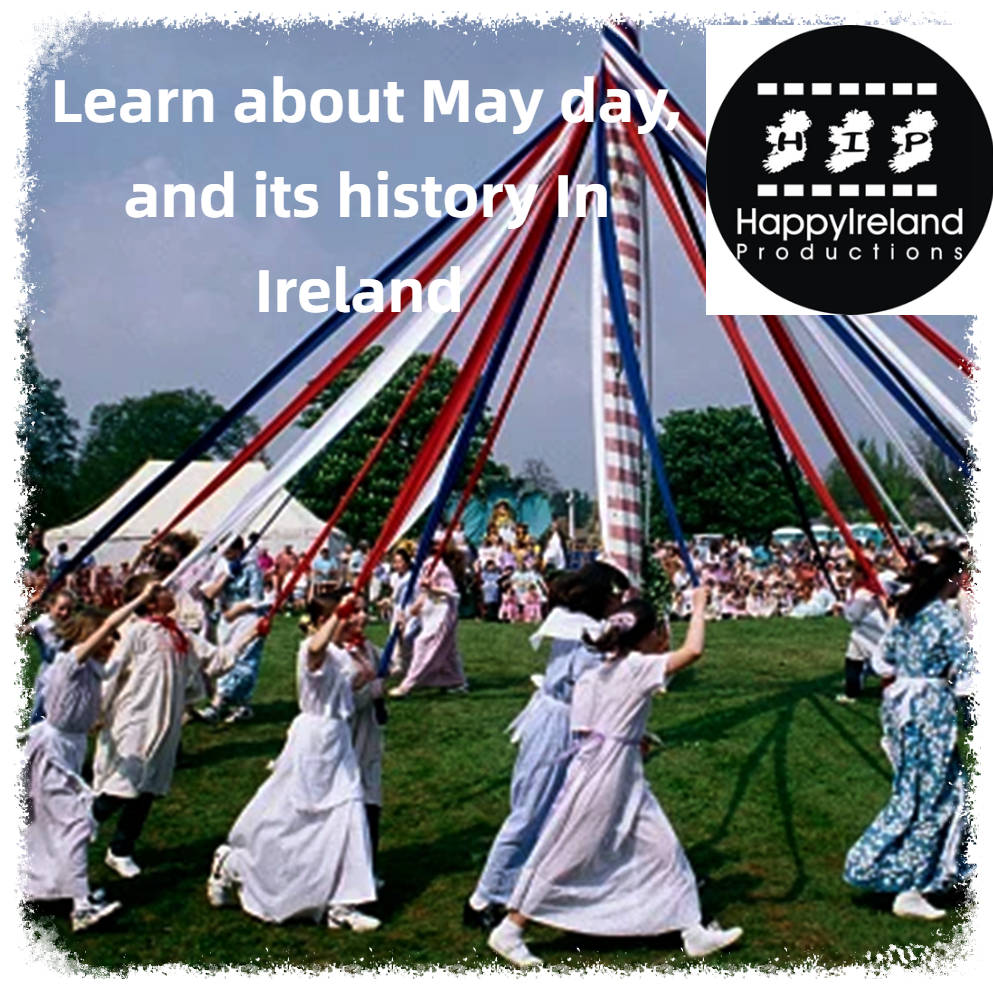Learn About May Day and its history In Ireland
May Day In Ireland
In Ireland, May Day, also known as Labour Day, is observed on the Monday closest to May 1. May Day is a spring holiday that traditionally honours fertility and the flowering of flowers and fruit in the Celtic religions. This springtime celebration is known as Lá Bealtaine in Irish.
May Day, also known as Workers’ Day or International Workers’ Day, honours the achievements and struggles of workers and the labour movement throughout history. May Day is observed on May 1, 2022, a Sunday.
In honour of the Haymarket Riot in Chicago (1886), an international federation of socialist organisations and labour unions declared May 1 as a day in support of workers in 1889.
Five years later, U.S. President Grover Cleveland signed legislation to establish Labour Day—which was already observed in several states on the first Monday of September—the recognised national holiday for workers. Cleveland was uncomfortable with the communist origins of Workers’ Day.
May 1 was historically connected with rural pagan celebrations in Europe, but the modern association with the labour movement has gradually eclipsed the original significance of the day.
Leaders in the Soviet Union welcomed the new holiday because they thought it would inspire workers in Europe and the US to band together against capitalism.
The day developed into a big celebration in the Soviet Union and the Eastern Bloc nations, with prominent parades honouring the worker and demonstrating Soviet military prowess, including one in Moscow’s Red Square under the direction of top government and Communist Party officials. Following the emergence of the Nazi Party in Germany in 1933, Labour Day was declared an official holiday. Ironically, the day after enacting the holiday, Germany outlawed free unions, effectively killing the German labour movement. Large-scale May Day celebrations in that region lost significance in the late 20th century with the dissolution of the Soviet Union and the overthrow of communist regimes in eastern Europe.
In Ireland the start of May is related with the Celtic celebration Lá Bealtaine. This undeniable the beginning of the time of blooming blossoms and natural product trees. Belfires are typically lit the night before May Day. Large bonfires called belfires burn wood from a variety of trees. It was believed that the various kinds of wood would have a significant impact on the land’s and cattle’s fertility in the coming year.
The Public Holiday Regulations 1993 Act made the first Monday of May a public holiday. In 1994, the holiday was first observed.
In the Republic of Ireland, the maypole is a traditional representation of May Day and fertility. Colorful ribbons are used to decorate a maypole, which typically stands at least ten feet (three meters) tall. Kids and youngsters generally dance around the maypole on May Day, albeit this custom is blurring. During the dancing, each person holds one or more ribbons. The ribbons are arranged to form a decorative pattern on the pole after the dances are finished. For young people, the May Day dances traditionally marked the beginning of the dating season.
More from Happy Ireland
We hope you have enjoyed our blog! Want to read more from us? Check out our Blogs Page.
With Happy Ireland Productions, you can preserve your memories to last forever. We can work with all sorts of media. From video tape transfers and film processing to cine film conversion. Browse our full list services.
Visit one of our partners to drop off your assortment of media. You’ll receive your DVD or digital copy with the original. Simple and Safe!
Your memories are priceless so why risk losing them.
Learn more about Happy Ireland Productions or Contact us for any enquiries.
